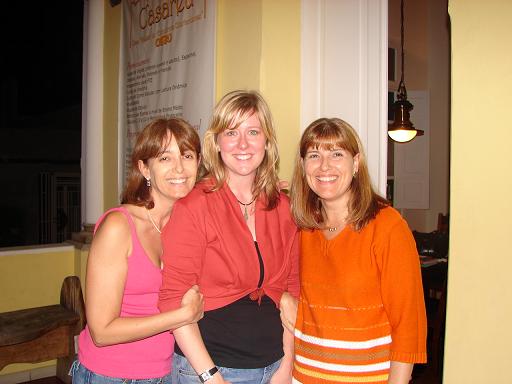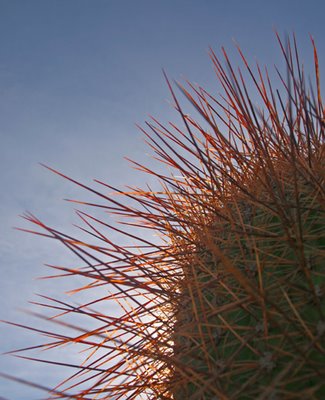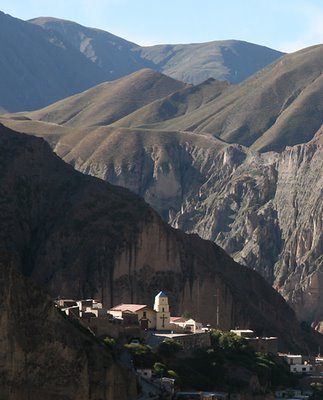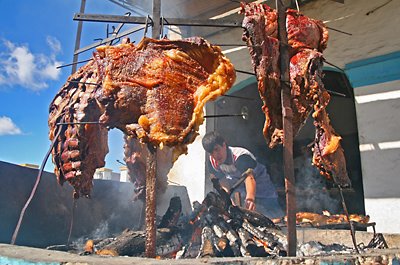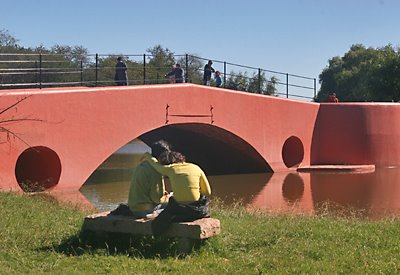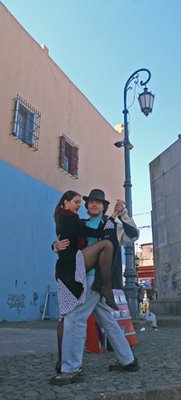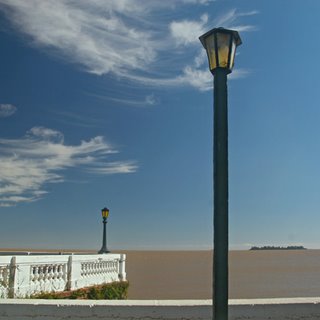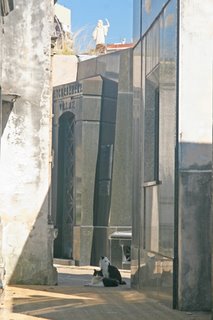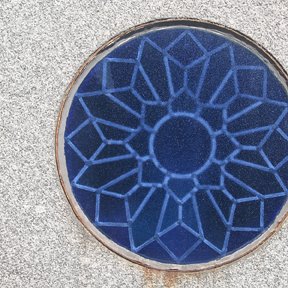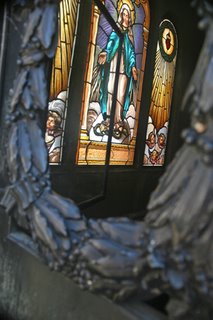It all started with an hour-long delay at JFK; we knew we'd missed our connecting flight in Casablanca, but with four hours to wait before the next one, we didn't think we'd have trouble with her bag.When it didn't appear on the baggage claim carousel, Jennifer lost her cool with the lack of help from the Royal Air Maroc staff who, after some prodding, told her to call the airport eight hours later.
On top of that, the driver waiting to collect us at the airport and take us to our accommodations, nearly left without us because he had another client to pick up somewhere else. He told me he'd wait one more minute, and finally Jennifer came out of the baggage claim area empty handed. The driver, who must have been 6 feet, 5 inches tall, raced to the car--leaving us huffing and puffing several paces behind him.
Without a word, he raced through the crowded streets, dodging slow cars, pedestrians, cylists and donkeys on the way. He dumped us at a carpark and we had to maneuver our way through the labyrinth of the old medina to our riad, an old home converted into a boutique hotel with a living room and a roof-top terrace.
Surprisingly chipper, Jennifer was ready to do some exploring before we'd have to make contact with the airline about her missing bag. We enjoyed our al fresco lunch, just off the main square, the Djemaa-el-Fna. Even with bellies full with chicken tajine, we contemplated a yummy chocolate desert at a nearby patiserie. I couldn't help thinking that I had the French to thank for that wonderfully delicious import.
"As opposed to if the Japanese would have gotten here first?" Jennifer said. "Otherwise you would be eating green tea mochi."
Perhaps we might have gotten her luggage, too, but we ignored that thought as we wandered the plaza full of snake charmers, tattoo artists, acrobats and touts, getting lost in the jumble as the sun set behind the mosque blaring its evening call to prayer.










